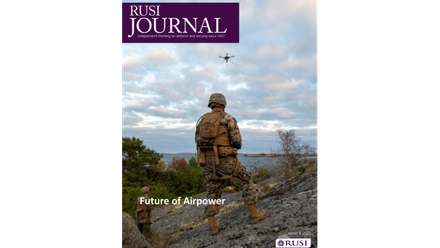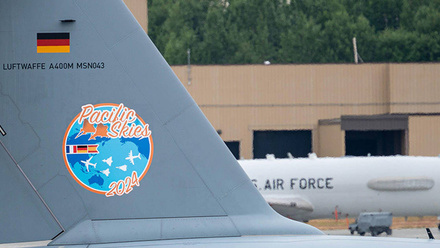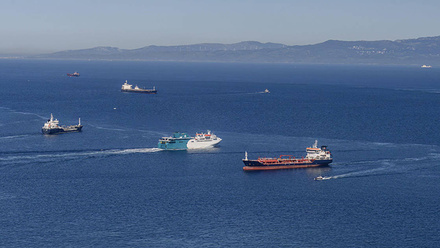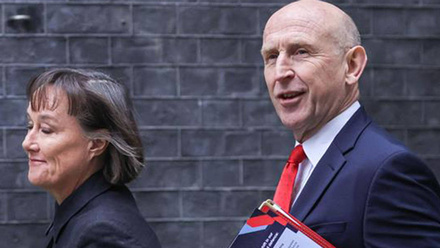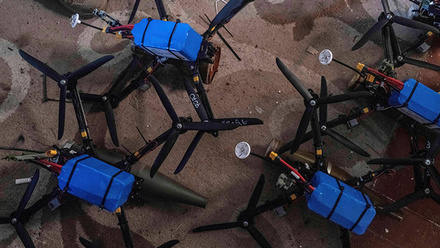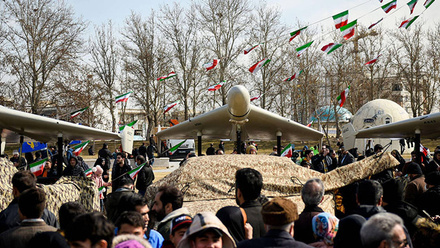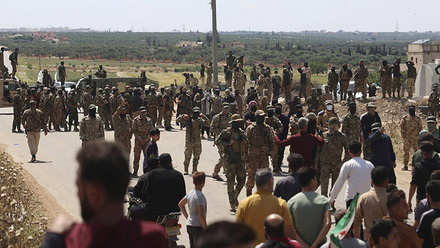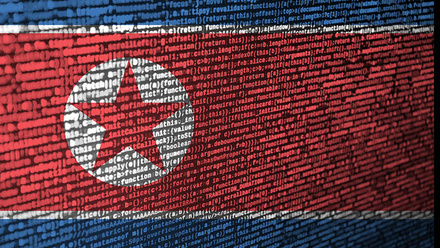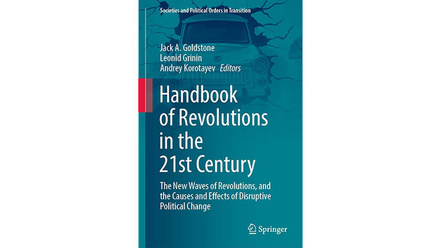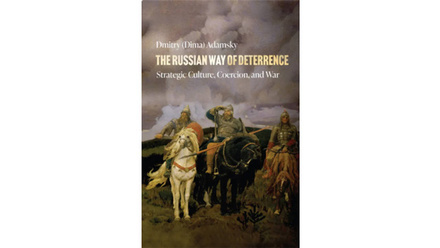Editor's Note
Halfway through 2025, the geopolitical landscape already looks very different from the end of 2024 – not because of any significant changes on the ground in ongoing conflicts, but because the norms and standards that determined the parameters of international behaviour are now being challenged not only by the revisionist ambitions of the likes of Russia and China but also by the US, their erstwhile greatest proponent. As the rules of the game change, European states are scrambling to find their footing in this new and as yet unscripted playbook – as the long-mooted goal to fight greater strategic independence becomes an immediate and inescapable need. These changes in outlook and approach to the conduct of international affairs are matched by the acceleration of technological change and its impact not only on warfighting, but on the way new technologies allow different actors to have far more impact at sub-threshold level, compounding international uncertainty and unpredictability.
This issue of the RUSI Journal looks at some of the questions European actors are grappling with, as Fabio Figiaconi hones in on the pros and cons of continuing the EU’s security engagement with the Indo-Pacific when faced with immediate military and strategic challenges closer to home; Gonzalo Vázquez III asks whether Spain’s strategic approach to its Mediterranean maritime challenges can be the stepping stone for a NATO maritime strategy; and William Parker discusses the strategic choices still facing the UK in the wake of the latest Strategic Defence Review.
On the technological side, Marcel Plichta takes a closer look at how Ukraine has been using one-way attack drones against Russia, and what the trajectory so far indicates in terms of the effectiveness of these new tools; Spyridon Plakoudas and Vasileios Sofitis discuss Iran’s production and export capabilities in the development of drones; and Chandana Seshadri delves into a technical analysis of how North Korean IT workers are able to exploit identity management vulnerabilities to generate illicit revenues and potentially fund North Korea’s proliferation endeavours.
Finally, Antonio Giustozzi looks at a forgotten group of jihadists – those who joined the fight in Syria from Central Asia – and what their attitudes may reveal about the stability – or lack thereof – of the new Syrian regime vis-à-vis other terrorist groups across the Middle East.
Dr Emma De Angelis
Editor

